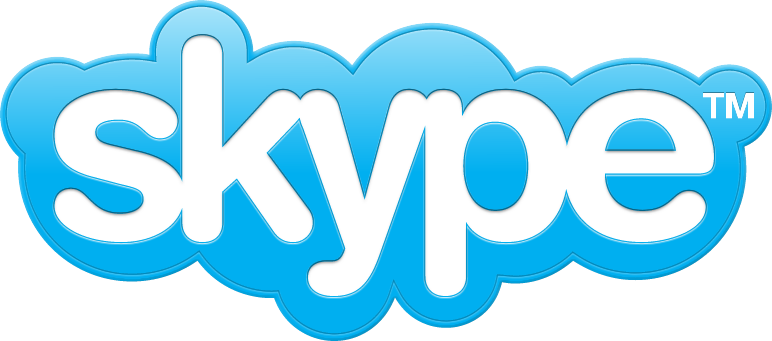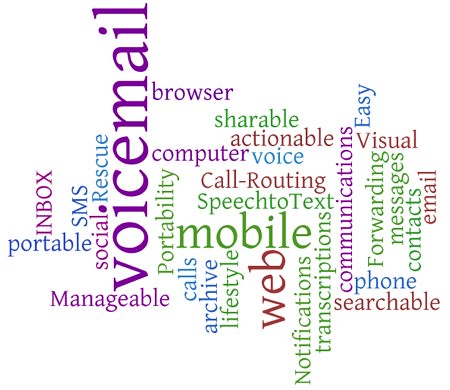I’m not the first to point this out. From what I can tell, the first to point out Twitter’s shark jumping was the Inquisitr back in June 2008. The next was Steve Rubel in March 2009, only Steve’s analysis was based on traffic peaking. Most recently, in February 2010 Marck McKinnon of The Daily Beast noted the Shark Jump too.
It hit me a hard few weeks ago as well – TWITTER HAS JUMPED THE SHARK!
Why do I feel this way? It’s really an emotional analysis but I started actually reading tweets from the people I follow from the bornryan account. Yes – it’s true…I actually read other people’s social media blab and I must admit that’s a rare thing for me to do (absorbing, as opposed to creating, publishing, and distributing content). What I noticed while absorbing Twitter content was a lot of @ at replys # pound symbols RT retweets and other twitter short hand “Twitter specific crap” from inside of tweets.
Reviewing all the “Twitter specific crap” led me to personally conclude that Twitter has indeed jumped the shark. But why? The reason is simple. The Average Internet User (AIU) does not understand “Twitter specific crap” nor do they care to ever learn how to use it. Outlets like Facebook are far more simple for the AIU to understand and participate in an no amount of reading, observing, or studying is necessary to participate in the Facebookosphere. In short – Twitter is NOT for the AIU. Twitter for silicon valley elitists (please take that as a compliment, not a knock – I’m a wanna be “SVE” myself) and those that do not use RSS and want to be fed information from celebrities, bloggers, and rich influentials. It’s main problem – “Twitter specific crap and etiquete”. This stuff is just not for everyone. I believe Twitter has peaked in terms of the number of celebs, bloggers, and VC folks that will participate in its pool of information gathering and link sharing. In order to grow, it needs the AIU. But the AIU will never become an engaged Twitter user. For Twitter to grow and prevent shark jumpage, the AIU must join and participate in full force so that advertisers can feed ads to the lucrative AIU. It is for this specific reason – that the AIU will never adopt Twitter – that I believe “Twitter has Jumped the Shark”.
There’s good news and bad news to all of this. Shark jumping is not necessarily a bad thing. In fact, it happens to all companies at some point in their life. 75% of the companies in the S&P 500 in 1980 are not in the S&P 500 today. That means 75% of companies that were once considered among the top business in the world have too “Jumped the Shark”. Jumping the Shark does not mean your days are numbered, it just means you are unlikely to grow your valuation any further.
A few questions to sum up all of this…
Do I personally dislike Twitter?
No.
Will I continue to use Twitter?
Yes
How much do I think Twitter is worth?
Around $2 Billion
What’s all this mean?
The Twitter founders should cash in and sell the company shortly – within 2 years, tops.








